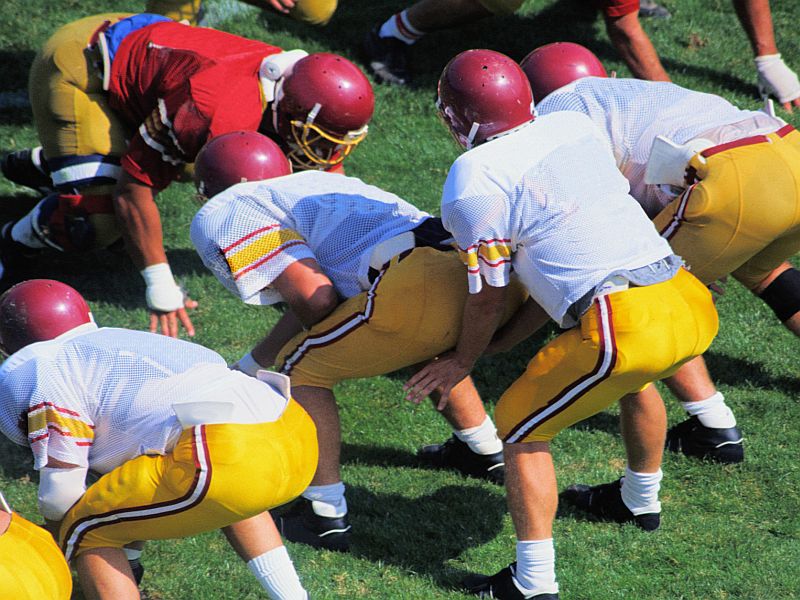IBCCES is the global leader in training and certification for healthcare professionals, educators and corporate partners who work with individuals with autism and other cognitive disorders. Our reach extends to more than 2 million people in all 50 states and over 70 countries around the globe. IBCCES Member Learning Community is provided as a free service to all IBCCES members who have completed one or more of our training and certification programs.
Special Helmets, Safety Training Prevent Head Injuries in Youth Football: Study
 This post was originally published on this site
This post was originally published on this siteLatest Neurology News

FRIDAY, March 13, 2020 (HealthDay News) — Padded helmets and safe tackling and blocking techniques can reduce the chance of head injuries for middle school football players, a new study finds.
Young athletes make up 70% of America’s amateur and pro football players. As head injuries in older athletes have been linked to a slew of brain injuries, attention is now turning to the safety of the younger players.
Robert Heary, director of the Center for Spine Surgery and Mobility at Rutgers New Jersey Medical School in Newark, said parents are understandably concerned that their football-playing boys are at risk for the same long-term brain and nervous system injuries reported in older players.
“Although concussions causing readily observable signs and symptoms are of great concern to physicians examining football players during and after games, the effects of other head trauma with fewer symptoms also can result in long-term damage,” he said.
Rutgers researchers monitored 20 members of a youth football team in New Jersey.
Players were equipped with helmets that tracked the number and severity of impacts during a 20-practice, seven-game season. Additionally, a tackling coach taught the team and coach safe techniques for tackling and blocking. For practices, special helmets with a padded cover called Guardian Caps were worn.
Each player averaged about 41 impacts and 20 minutes of full contact per practice, but no concussions were recorded.
“The use of Guardian Caps, safe tackling techniques and the age of participants may have contributed to the very low number of impacts recorded and the complete lack of injuries,” Heary said in a news release.
The study was recently published in the journal Neurosurgery.
— Kayla McKiski

Copyright © 2020 HealthDay. All rights reserved.
SLIDESHOW
Pictures of the 7 Riskiest Workout Moves, and How to Improve Them See Slideshow
References
SOURCE: Rutgers University, news release
